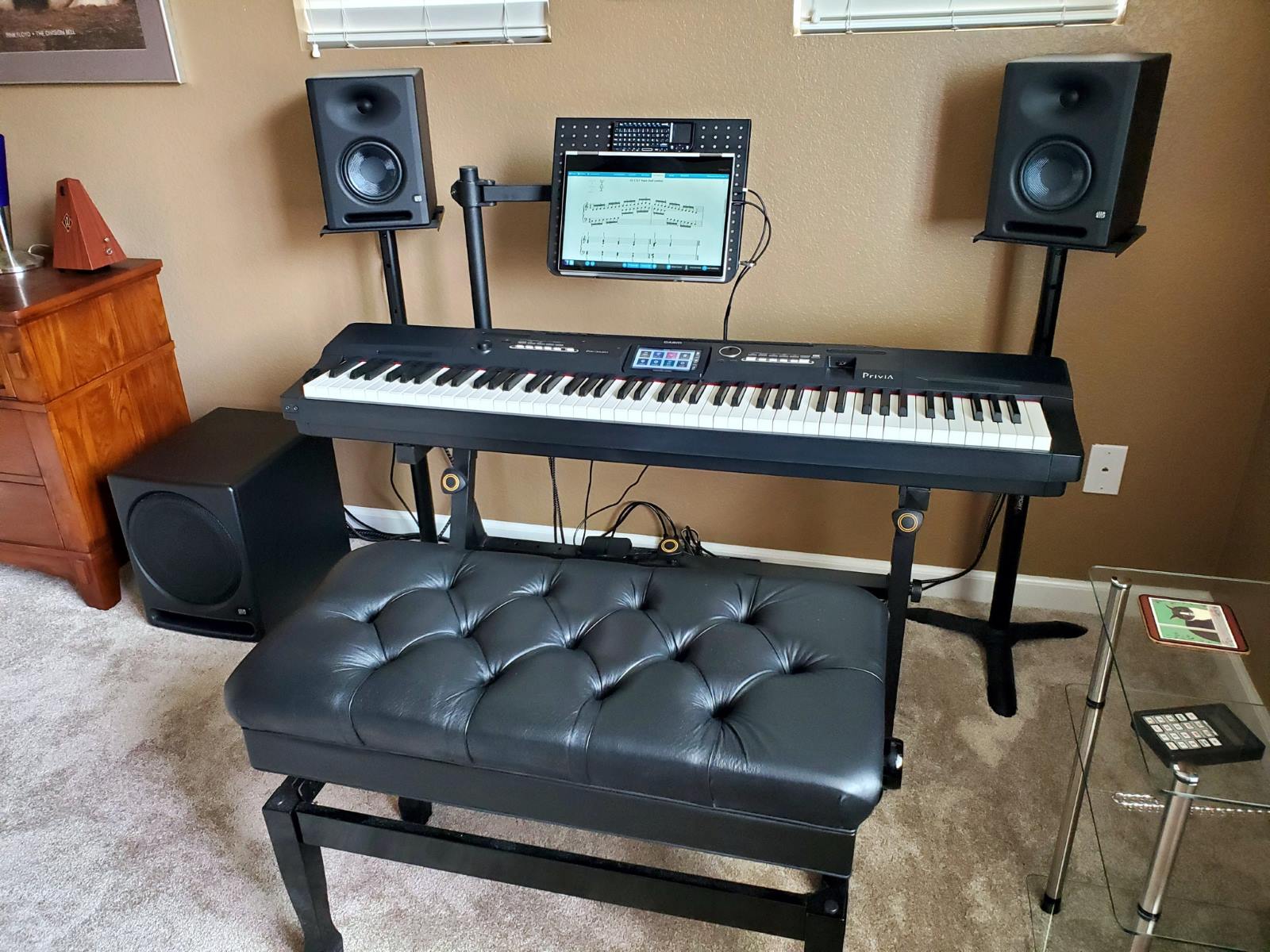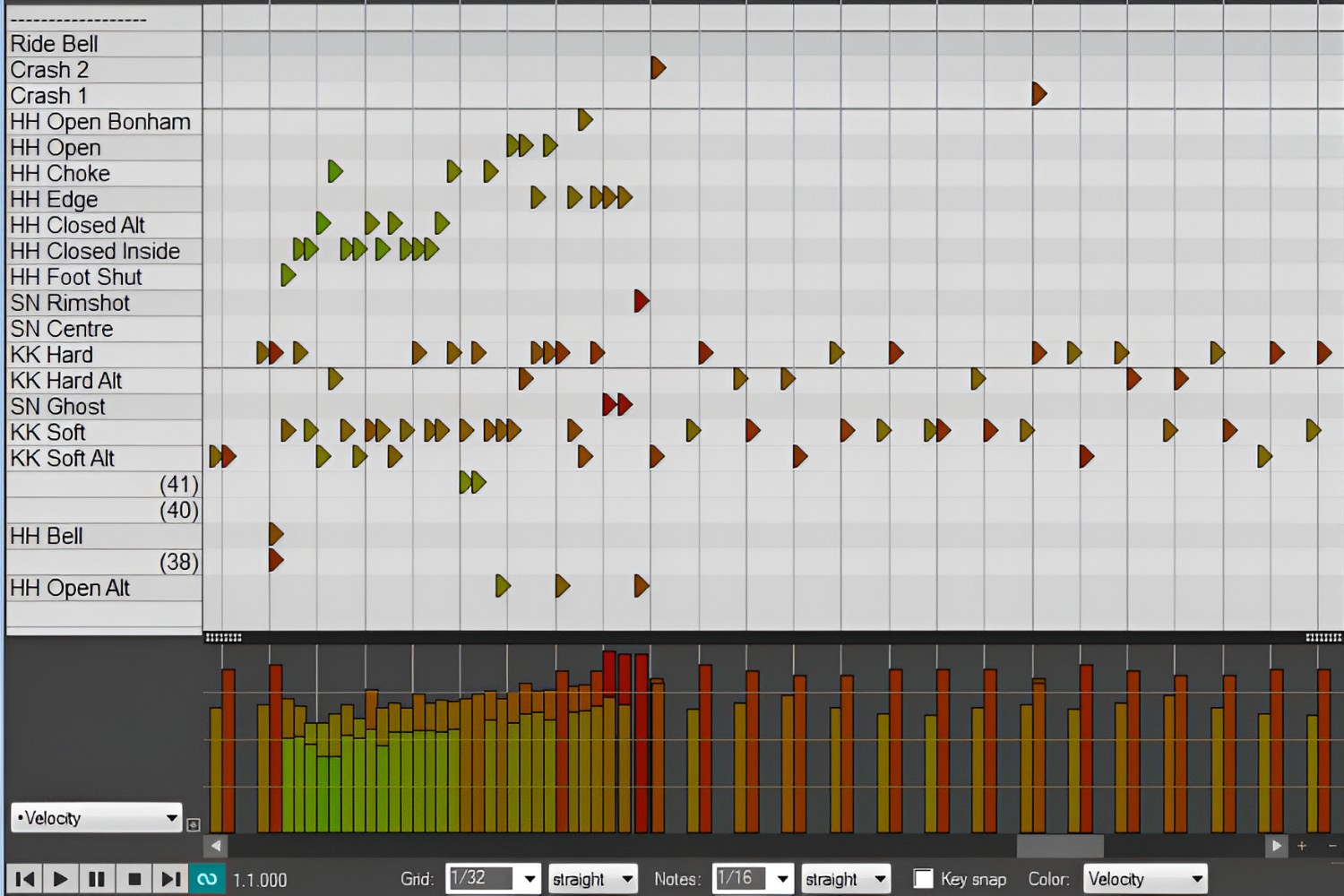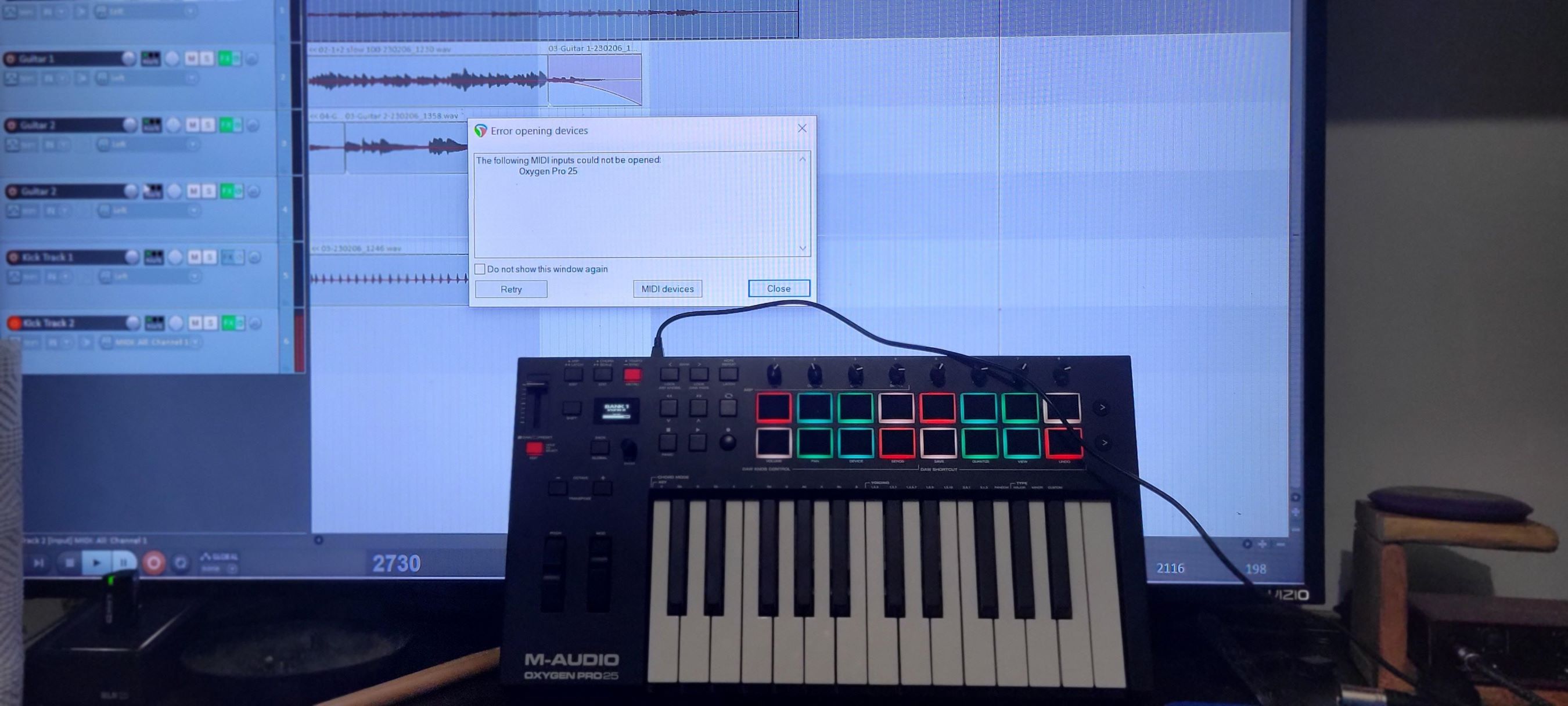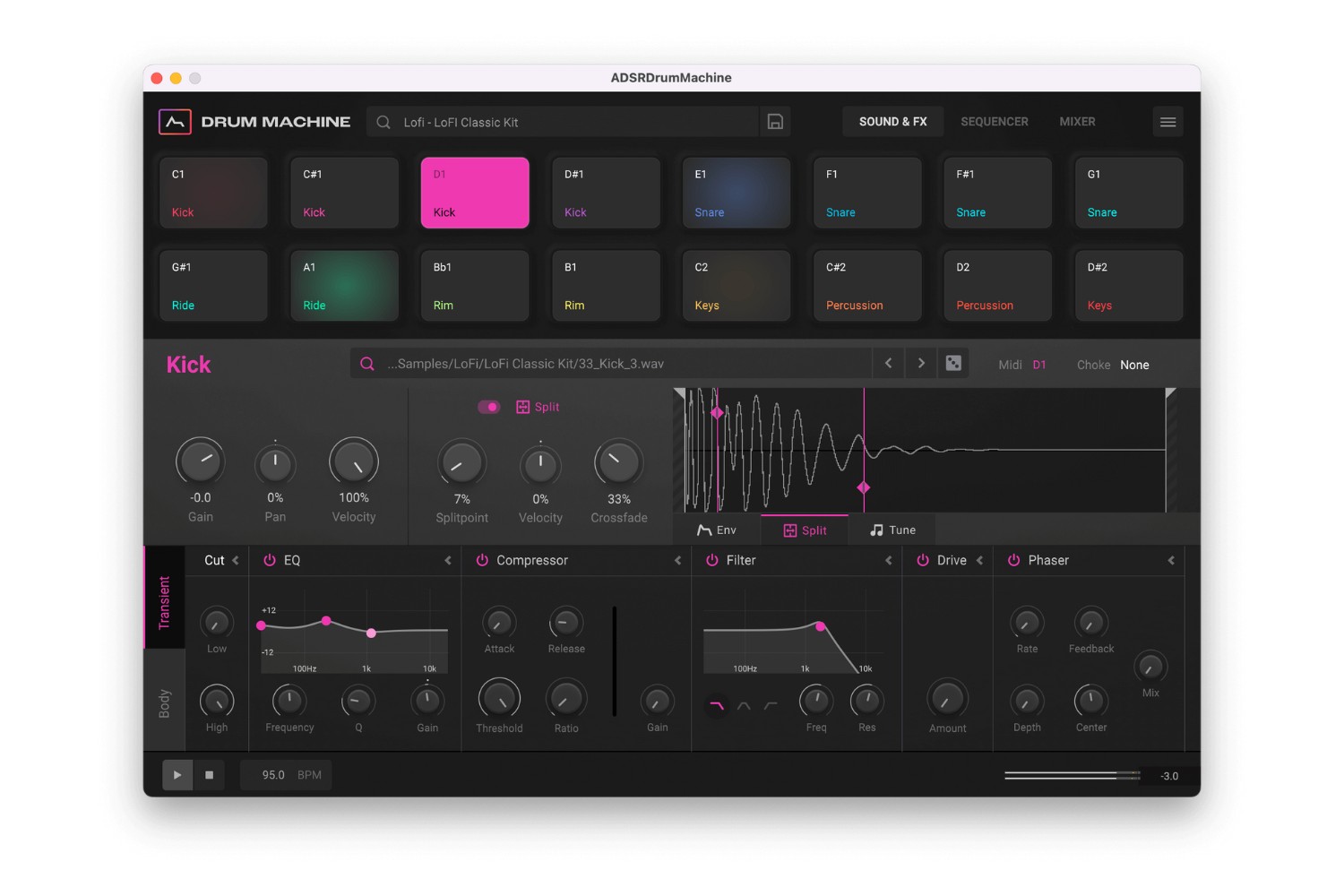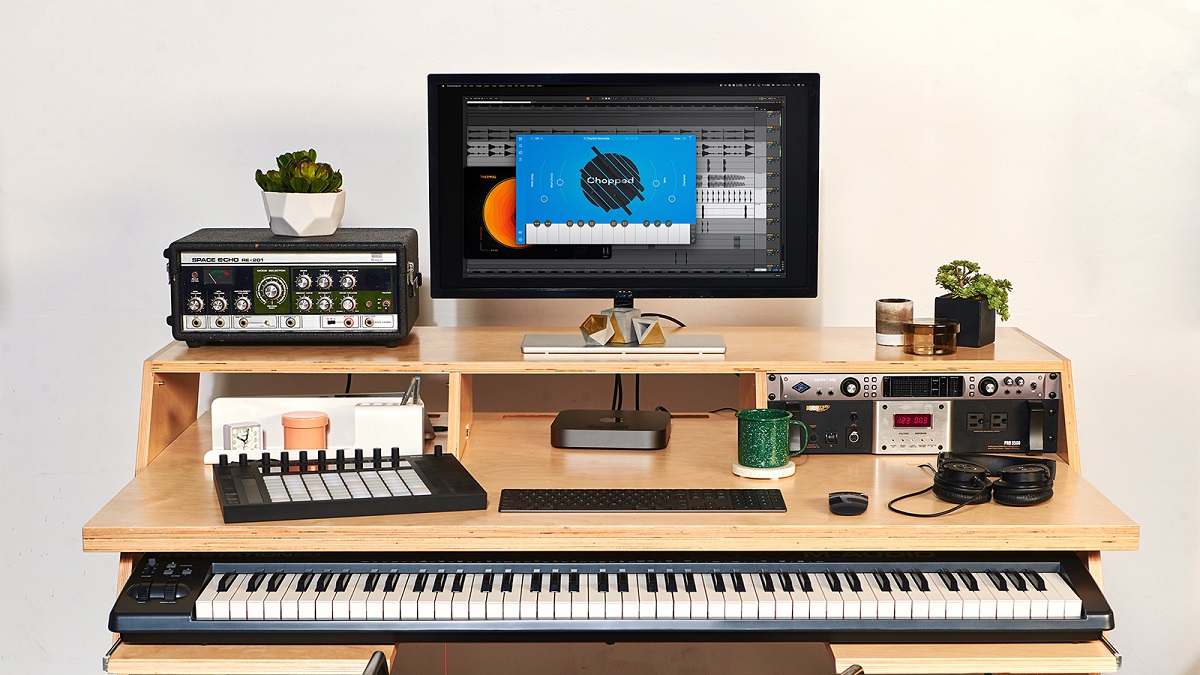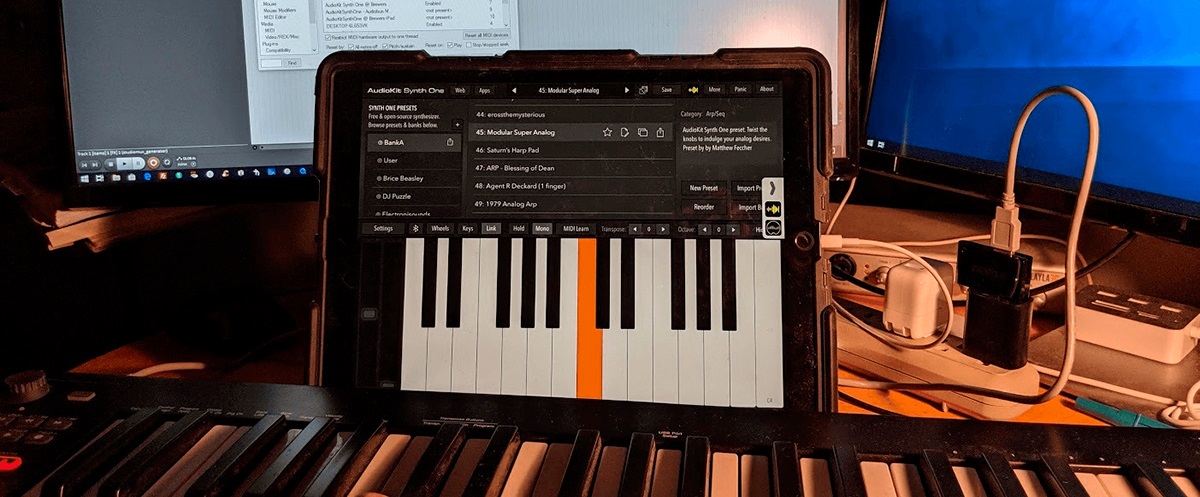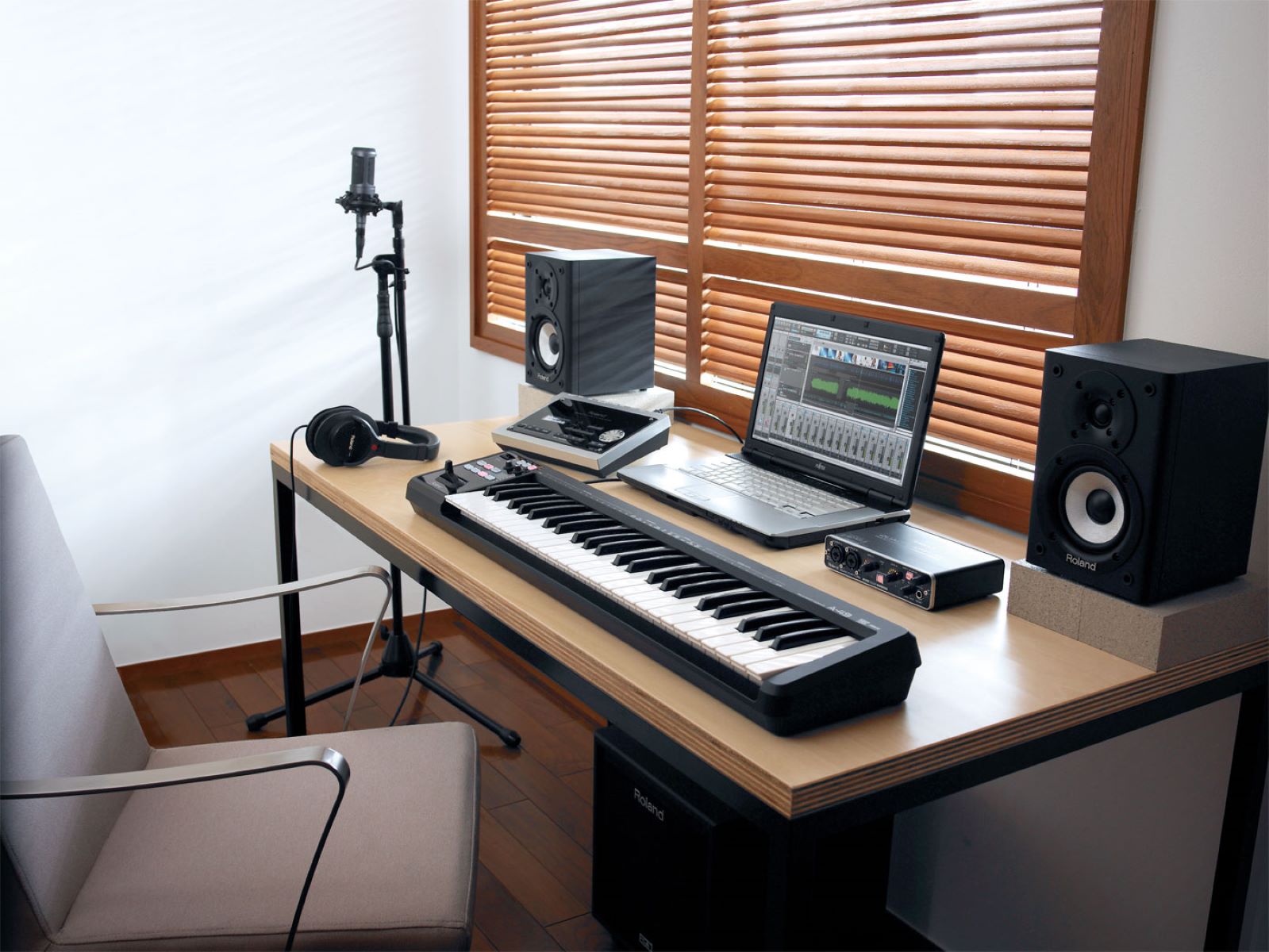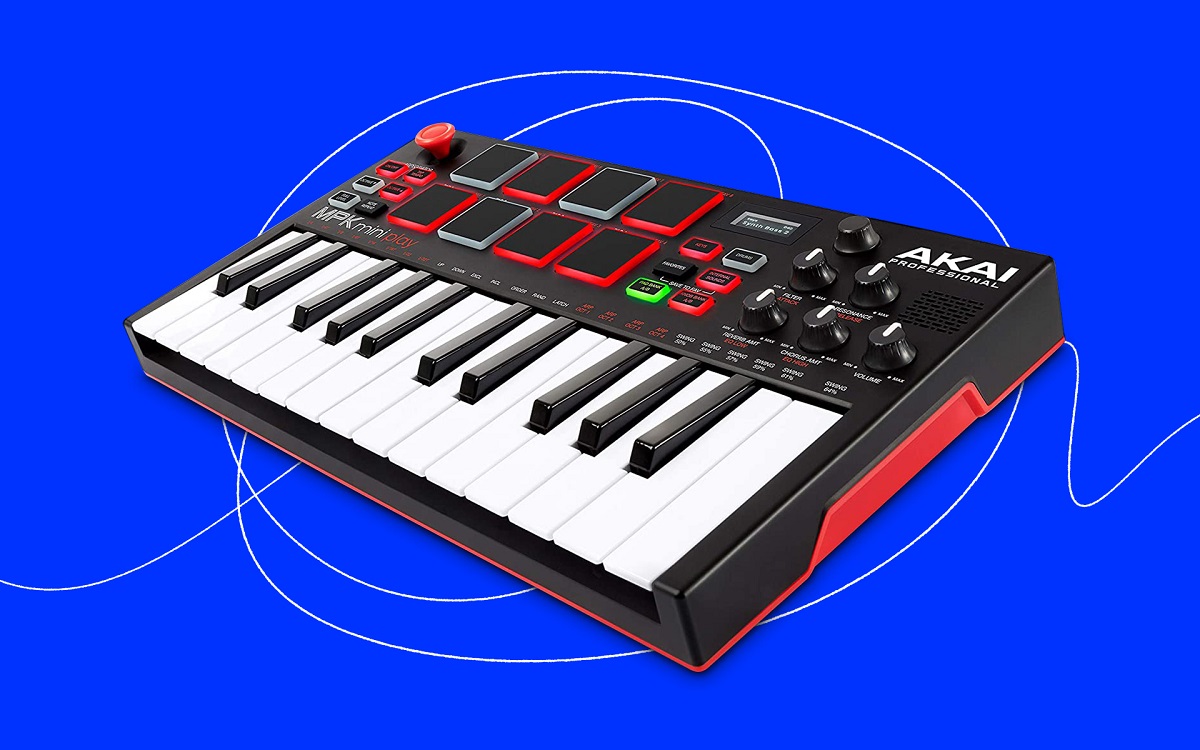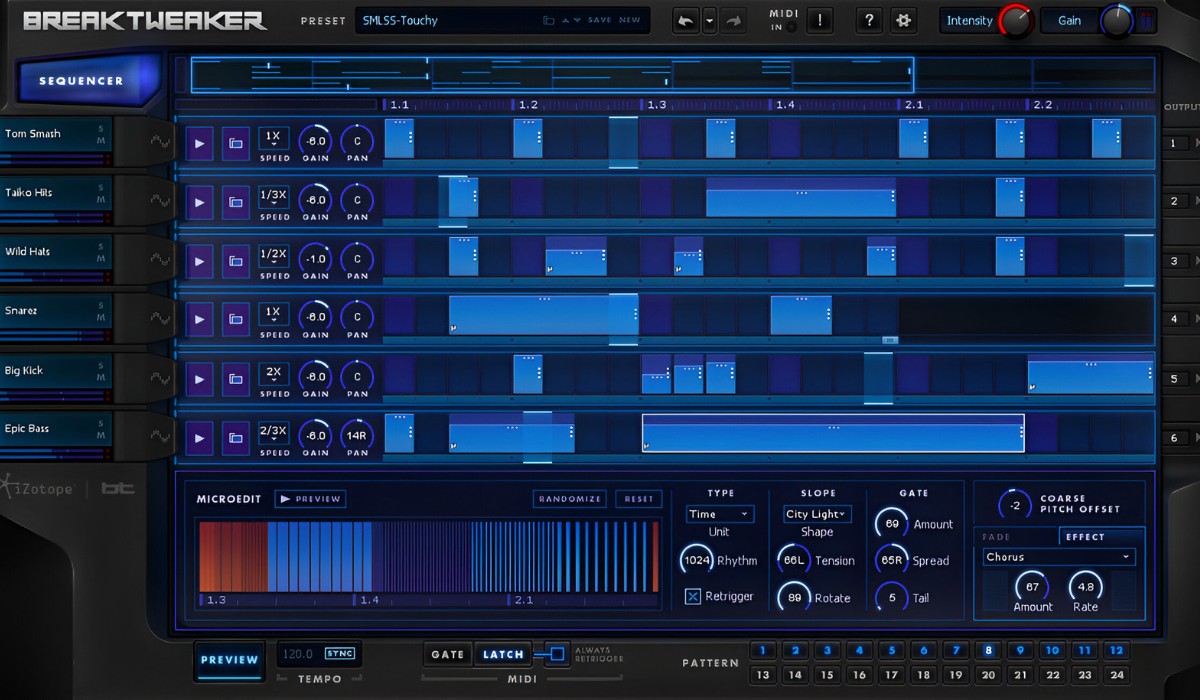Introduction
Are you a music enthusiast who loves to create captivating melodies and harmonies using your MIDI digital piano and VST (Virtual Studio Technology) software? If so, you're in the right place! In this comprehensive guide, we will delve into the intricacies of sending VST sound to your MIDI digital piano in Reaper, a powerful digital audio workstation (DAW) known for its flexibility and customization options. Whether you're a seasoned musician or a budding artist, mastering this process will undoubtedly elevate your music production experience.
By harnessing the potential of VST software, you can access a vast array of virtual instruments, effects, and sound libraries, expanding your creative horizons and imbuing your compositions with depth and richness. However, seamlessly integrating these digital resources with your MIDI digital piano can be a game-changer, allowing you to harness the expressive capabilities of your piano while leveraging the versatility of VST technology.
Throughout this guide, we will walk you through the essential steps required to configure your MIDI digital piano in Reaper, install and set up VST software, and ultimately channel the captivating sounds generated by VST instruments through your MIDI digital piano. Whether you're aiming to emulate the resonance of a grand piano, the ethereal tones of a synthesizer, or the raw power of an electric guitar, this process will enable you to infuse your piano performances with an unparalleled sonic palette.
Let's embark on this enlightening journey, where the fusion of traditional and digital musical elements will empower you to craft compositions that resonate with emotion and artistry. With a touch of creativity and the guidance provided in this guide, you'll soon be on your way to seamlessly sending VST sound to your MIDI digital piano, unlocking a world of musical possibilities. So, without further ado, let's dive into the intricacies of this transformative process and unleash the full potential of your musical endeavors.
Setting Up Your MIDI Digital Piano in Reaper
Before delving into the intricate process of sending VST sound to your MIDI digital piano, it’s imperative to ensure that your piano is seamlessly integrated with Reaper, the versatile digital audio workstation renowned for its robust features and user-friendly interface.
Connecting Your MIDI Digital Piano:
To initiate the setup, connect your MIDI digital piano to your computer using a USB or MIDI cable. Once connected, launch Reaper and navigate to the “Options” menu. Select “Preferences,” followed by “Audio,” and then “MIDI Devices.” Here, you can configure your MIDI digital piano as an input device, allowing Reaper to recognize and communicate with your instrument.
Configuring MIDI Input:
After connecting your MIDI digital piano, it’s essential to specify its input within Reaper. Access the “Track” menu and choose “Insert New Track.” Right-click on the newly created track, select “Input: MIDI,” and designate your MIDI digital piano as the input device. This enables Reaper to receive MIDI signals from your piano, paving the way for seamless integration with VST instruments.
By meticulously following these steps, you can ensure that your MIDI digital piano is seamlessly integrated with Reaper, laying a solid foundation for the subsequent configuration of VST software and the transmission of captivating VST sounds to your instrument. With this crucial setup complete, you’re now ready to embark on the next phase of this transformative journey, where the fusion of traditional and digital musical elements will empower you to craft compositions that resonate with emotion and artistry.
Installing and Configuring VST Software
Now that your MIDI digital piano is seamlessly integrated with Reaper, the next pivotal step involves installing and configuring VST (Virtual Studio Technology) software, which serves as the gateway to a diverse array of virtual instruments and sound libraries. This software enables you to harness an extensive palette of sounds, ranging from classic pianos and orchestral instruments to cutting-edge synthesizers and guitar emulations, enriching your musical compositions with unparalleled sonic depth and variety.
Installation Process:
Begin by obtaining your desired VST software from reputable developers or distributors. Once acquired, follow the installation instructions provided by the software manufacturer. Typically, this involves running an installer executable and specifying the destination folder for the VST plugin. It’s crucial to ensure that the installation path aligns with Reaper’s VST plugin directory to facilitate seamless integration.
Configuration in Reaper:
Upon successful installation, launch Reaper and navigate to the “Options” menu. Select “Preferences,” followed by “Plugins,” and then “VST.” Here, you can designate the folder containing your installed VST plugins. Reaper will scan this directory, identifying and incorporating the VST instruments and effects into its repertoire. Once the scanning process is complete, your VST plugins will be accessible within Reaper, ready to be deployed in your musical endeavors.
By diligently following these steps, you can ensure that your VST software is seamlessly integrated with Reaper, positioning you to harness the full potential of these virtual instruments and effects. With your MIDI digital piano primed for interaction with VST instruments, and the VST software harmoniously incorporated into Reaper’s framework, you’re now poised to embark on the exhilarating process of sending captivating VST sounds to your instrument, transcending traditional boundaries and exploring new frontiers of musical expression.
Sending VST Sound to MIDI Digital Piano
With your MIDI digital piano seamlessly integrated into Reaper and the VST software successfully installed and configured, you are now poised to embark on the captivating journey of sending VST sound to your instrument. This transformative process enables you to harness the expressive capabilities of your piano while leveraging the diverse sonic palette offered by VST technology, culminating in compositions that resonate with depth, emotion, and artistry.
Assigning VST Instruments to MIDI Tracks:
To initiate the process, create a new track in Reaper and designate it as a MIDI track. Right-click on the track, select “Insert Virtual Instrument on New Track,” and choose your desired VST instrument from the list of available plugins. This action assigns the selected VST instrument to the MIDI track, establishing a direct link between the virtual sound source and your MIDI digital piano.
Routing MIDI Output to Your Piano:
After assigning the VST instrument to the MIDI track, access the track’s routing options in Reaper. Specify the MIDI output of the track as your MIDI digital piano, ensuring that the MIDI signals generated by the VST instrument are transmitted to your piano for playback. This seamless routing process facilitates the transmission of captivating VST sounds to your instrument, allowing you to explore a myriad of musical possibilities.
Exploring Expressive Possibilities:
Once the routing is configured, play your MIDI digital piano to trigger the assigned VST instrument. As you perform, the VST sound will resonate through your piano, imbuing your compositions with the nuanced articulation and timbral nuances characteristic of your instrument. Whether you’re evoking the resonant warmth of a grand piano, the ethereal textures of a synthesizer, or the dynamic range of an electric guitar, this seamless integration empowers you to explore a diverse sonic landscape with unparalleled expressiveness.
By meticulously following these steps and embracing the creative potential of this transformative process, you can seamlessly send VST sound to your MIDI digital piano, unlocking a world of musical possibilities and transcending traditional boundaries. With the fusion of traditional and digital musical elements at your fingertips, you’re poised to craft compositions that captivate and inspire, harnessing the full spectrum of sonic textures and expressive capabilities offered by your MIDI digital piano and VST software.
Conclusion
Congratulations on embarking on this enlightening journey, where the fusion of traditional and digital musical elements has empowered you to seamlessly send VST sound to your MIDI digital piano in Reaper. By meticulously configuring your MIDI digital piano within Reaper, installing and integrating VST software, and routing captivating VST sounds to your instrument, you have unlocked a world of musical possibilities and transcended traditional boundaries.
Through this transformative process, you have harnessed the expressive capabilities of your MIDI digital piano while leveraging the diverse sonic palette offered by VST technology. This harmonious integration has imbued your compositions with depth, emotion, and artistry, enabling you to craft musical masterpieces that resonate with nuance and creativity.
As you continue to explore the boundless potential of this seamless integration, remember that the amalgamation of traditional and digital musical elements offers a rich tapestry of sonic textures and expressive possibilities. Whether you’re evoking the timeless resonance of a grand piano, delving into the ethereal realms of synthesizers, or harnessing the raw power of electric guitars, this fusion empowers you to craft compositions that captivate and inspire.
With your MIDI digital piano and VST software working in perfect harmony, the musical landscape is yours to explore. Embrace the creative potential at your fingertips, and let your compositions resonate with the full spectrum of sonic textures and expressive capabilities offered by this transformative integration. As you continue on your musical journey, may the seamless fusion of traditional and digital elements fuel your creativity and propel your artistry to new heights.







